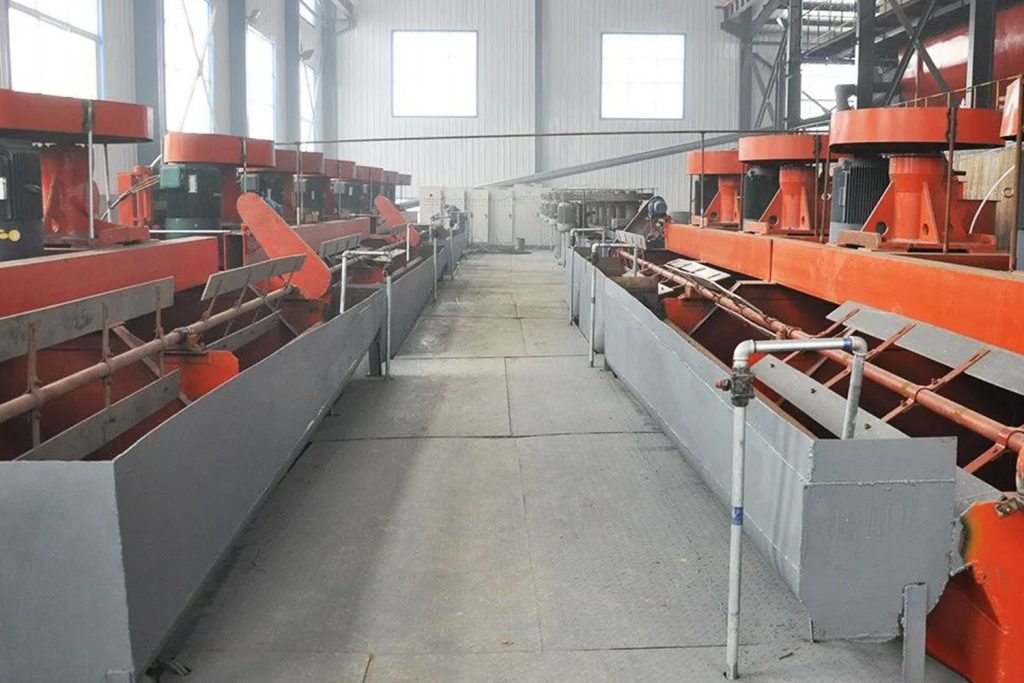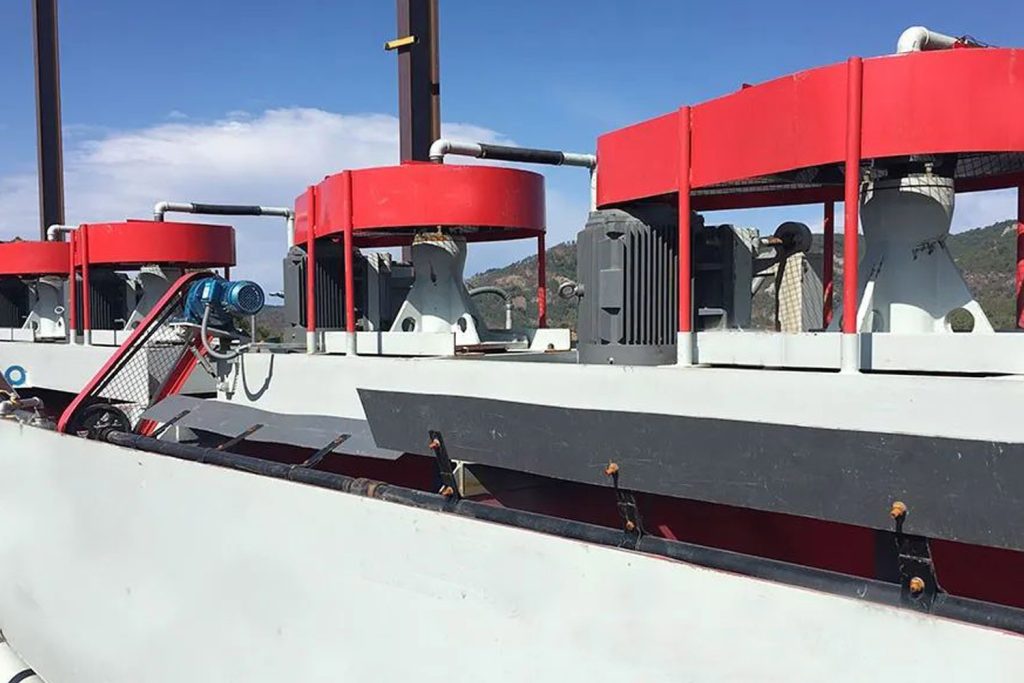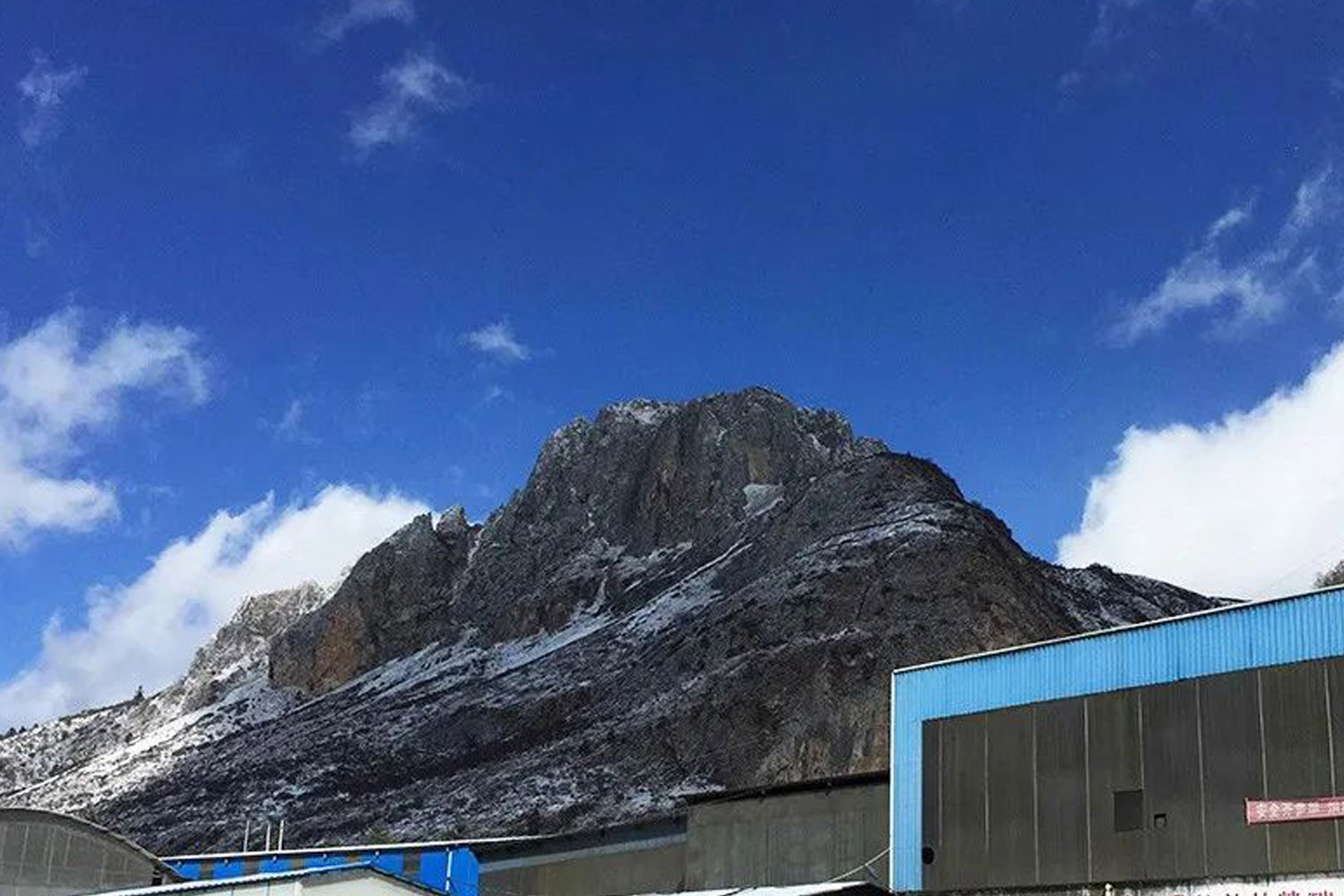With the continuous popularization of the concept of carbon neutrality and new energy technologies, the development and utilization of cobalt resources are getting more and more attention. In nature, most cobalt minerals coexist with metal minerals such as iron, copper, and nickel, and a single cobalt mineral is relatively rare. Common cobalt-bearing metal deposits include copper-nickel-cobalt deposits, copper-cobalt deposits, iron-cobalt deposits and cobalt soil deposits. Let’s learn about the Mineral Processing of different types of cobalt minerals
Copper-nickel-cobalt ore Mineral Processing
Copper-nickel-cobalt deposits refer to sulfide deposits containing various elemental metal minerals such as copper, nickel, and cobalt. The main gangue minerals in copper-nickel-cobalt deposits are quartz, muscovite, biotite, plagioclase, serpentine, etc., and there are many kinds of sulfide minerals. At the same time, copper, nickel, cobalt, and arsenic minerals are closely related, and there are many independent minerals of arsenic.
The main minerals of copper-nickel-cobalt deposits include chalcocite, magnetite, magnesite, and so on. Its Mineral Processing mainly obtains high-quality and high-purity cobalt products through steps such as flotation, magnetic separation, gravity separation, and sintering. Copper-nickel-cobalt ore is generally processed by a mixed flotation process to obtain a relatively enriched copper-cobalt-nickel mixed concentrate, which can be priced and sold at the same time, and can also be smelted.
In the process of flotation, organic substances such as xanthic acid and brass oil are used as collectors, and copper-nickel-cobalt minerals are separated using magnetic separation and gravity separation to obtain cobalt-containing concentrates. During the sintering process, a reducing agent is used to reduce the cobalt concentrate to obtain a high-purity cobalt product. Due to the high hardness of the copper-nickel-cobalt deposit, Mineral Processing is relatively complicated, so Mineral Processing is relatively mature.
It should be noted that this kind of ore contains more buoyant gangue minerals, and it is easy to produce secondary slime during the grinding process, which will affect the enrichment of copper-nickel-cobalt concentrate. You can choose flocculation desliming -Mixed flotation process, first mixed flotation enrichment of relatively high copper-nickel-cobalt concentrate, and then separated and extracted cobalt minerals by hydrometallurgy.

Copper–cobalt ore Mineral Processing
There are two kinds of copper-cobalt deposits, one often contains copper, lead, zinc, silver, and other polymetallic minerals, and the other contains copper, cobalt, uranium, and other minerals. The separation process of the two deposits is different, mostly according to The determination of the difference in floatability of copper and cobalt minerals generally includes two types of priority flotation process and mixed flotation process.
When using the priority flotation process to treat copper-cobalt ore, generally the copper is preferentially flotation and then cobalt is flotation, lime is used as the inhibitor, YK1-11 is used as the copper collector, and butyl xanthate is used as the cobalt collector. Copper concentrate and cobalt-sulfur concentrate are obtained respectively.
When using a mixed flotation process to separate copper-cobalt ore, butyl xanthate can be used as a collector and BKNL can be used as a regulator for flotation to obtain copper-cobalt mixed coarse concentrate, and inhibitors such as water glass and lime are added to the selection Suppress gangue minerals to obtain copper-cobalt mixed concentrate.
Copper-cobalt deposits usually exist between the oxidation zone and the reduction zone, so the process of oxidation first and then reduction is required in Mineral Processing.

Iron-cobalt ore mineral processing technology
Iron-cobalt deposits refer to oxide deposits containing iron and cobalt. Generally, the main cobalt-containing minerals in iron-cobalt deposits are pyrite, pyrrhotite, and a small amount of chalcopyrite, etc. The main gangue minerals are quartz, try, epidote, biotite, chlorite, etc., and the components are relatively complex, cobalt minerals are generally closely associated with iron minerals.
This kind of ore can be processed by flotation. First, the sulfide and magnetite can be separated, and then a small amount of chalcopyrite, pyrite, and pyrrhotite can be separated by flotation. At the same time, the magnetite can be separated by magnetic separation. Iron ore, gets copper concentrate, cobalt sulfur concentrate, and iron concentrate respectively.
Cobalt ore mineral processing technology
Cobalt deposits refer to soil and rock accumulation areas containing large amounts of cobalt, nickel, and cobalt-iron oxides.
Cobalt ore is mostly produced in weathered deposits. In addition to cobalt, it also contains metal elements such as manganese, copper, nickel, and iron. The recyclable part of the ore is often a compound formed by manganese oxide and cobalt oxide. Cobalt minerals and manganese minerals are symbiotic. It is closely related and contains more clay, iron slime, and limonite. Generally, manganese minerals are recovered together with cobalt minerals.
In terms of mineral processing methods, cobalt ore can choose a single or combined mineral processing technology. Single mineral processing methods include gravity separation, magnetic separation, flotation, acid leaching, etc. Combined mineral processing methods include the roasting-flotation method, and the acid leaching-flotation method, among which the acid leaching-flotation method is currently the most commonly used mineral processing method for the cobalt ore method.
In summary
The above is about the mineral processing technology of common cobalt ore. Different types of cobalt deposits have different types of minerals, and the difficulty and mineral processing technology of the are also different. However, flotation, magnetic separation, and gravity separation are commonly used in mineral processing technology.
The composition of cobalt minerals is complex. When formulating a mineral processing plan, it is necessary to consider the comprehensive recycling of different mineral resources. Therefore, in actual production, depending on the type and composition of cobalt-containing ore, there are differences in the mineral processing technology plan. The properties of the components of the cobalt deposit should be analyzed first, and a scientific and reasonable mineral processing technology plan should be determined through experiments to avoid improper processes. The program causes economic loss and waste of resources.
